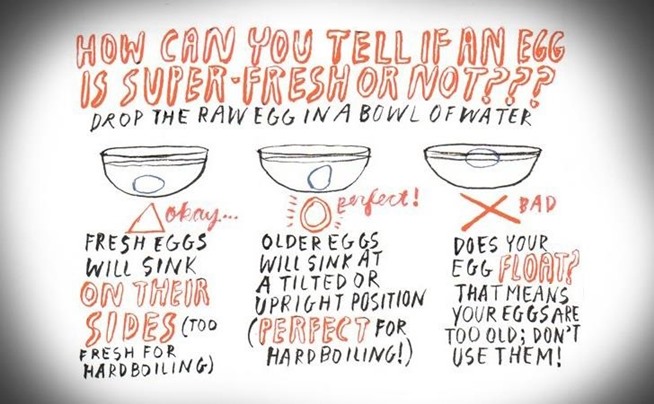What Do These Expiration Dates on my Food Really Mean?
Dear Lifehacker,
I'm a little confused by all the expiration dates on my food. Why do some foods have a "Best Before," "Sell By" or "Use By" expiration date? Will those tell me when the food is unsafe to eat, or are some foods okay past their so-called expiration date?
Sincerely,
Eating Expired Food
Dear Eating,
You're right, while the labels seem understandable, they actually don't tell you a whole lot about whether you can or cannot eat the food its stamped on. Here's a brief look at what expiration dates mean, and how to tell whether your food has gone bad.
Expiration Dates Refer to Quality, Not Safety
Generally, you'll see three types of expiration dates on your food, and they all mean slightly different things. However, contrary to popular belief, they refer to the quality of the food, not the safety. Here's what each one means:
Sell By: This date tells the store how long to keep the item on their shelves. If it reaches the date before its sold, the store will pull it from the shelves. It represents the last day the food is at its peak quality of freshness, taste, and consistency. It will still be safe to eat after the Sell By date (how long? See the section below).
Best If Used By: Again, this merely refers to when the quality of the item starts to go downhill. Generally, you may notice a difference in taste or consistency after that date, but it will still be safe to eat. For example, sour cream may become a bit more sour, or peanut butter may start to experience some harmless oil separation in the bottle.
Use By: Yep, you guessed it—this is pretty much the same as "Best Used By". The Use By date is when the product loses its peak quality. It's still safe to eat for a little while.
There are other kinds of dates floating around, like the "Born on" date of beer (three months after which it can start to taste funky), "Guaranteed Fresh" on baked goods (after which they'll likely be stale, but okay to eat), and more. The most important takeaway is that this almost always refers to freshness and quality, not safety.
So When Does Food Actually Go Bad?
While you can use most of the foods past their printed date, the USDA recommends that you eat food before its "Use By" or "Best If Used By" date to be on the safe side. For foods with a "Sell By" date, you have a pretty set amount of time before the food goes bad. Milk will usually go bad about a week after the Sell By date, while eggs are okay for 3 to 5 weeks. See the table to the right for the USDA's recommendations, or head to their product dating page for even more foods.
Remember that this all assumes you've properly stored these items—if you've left a perishable item out on the counter for two hours, it may not be safe to eat anymore, so you should disregard the date and throw it away.
Lastly, don't discount the ever-reliable smell test. Not sure if the milk and eggs have gone bad, or if a product is still okay a day or two after the "Use By" date? Give it a whiff and if it smells okay, it's probably okay. And if you aren't sure you'll be able to eat something before its expiration date, you can always freeze it before that date hits to make it last longer. Check out the USDA's web site for more information.


